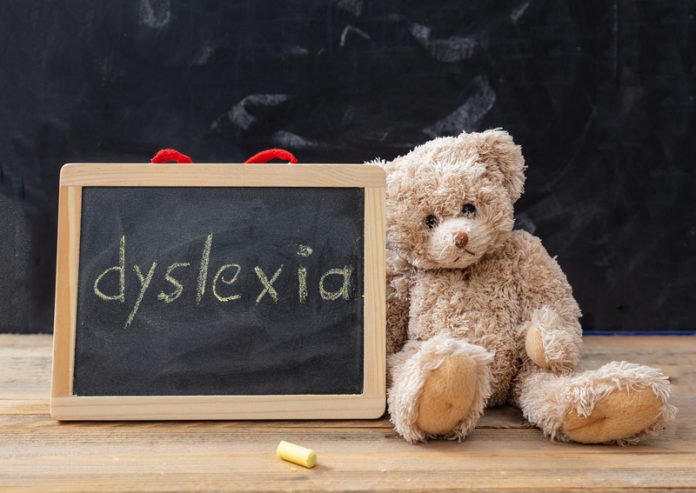Where The Trade Buys conduct a study to explore how well equipped the UK education system is to look after children with special educational needs (SEN)
Education leads the way for preparing the next generation for the future. The experience of learning at school about a range of different topics, experiences and events that have had an influential impact on our society, is a significant part of self-progression and self-development. Essentially, learning shapes our understanding of the world we live in and the way we interact with it.
However, many of us experience challenges with learning. For those with learning difficulties, the struggles faced can be more problematic and require a different approach. With recent findings from the education sector, let’s look into the subject further.
Most children with learning difficulties attend mainstream schools
Adults and children who experience learning difficulties are extremely vulnerable and traditional teaching methods used within the education system can often prove unsuitable.
Research shows that within the UK population, approximately 193,707 children of school age are affected by special educational needs (SEN), which can profoundly impact on their overall learning experience including behaviour, physical ability, reading and writing, concentration levels and ability to understand things.
Many question whether the UK has the right support systems in place. Findings indicate that most children with SEN attend mainstream schools – which you may find surprising? Government figures suggest that less than 10% go to specialised centres.
Do the schools in your area face cuts in the future?
Approximately, 2,000 children with SEN are known to be awaiting provision and urgent education funding throughout the country, however, this was not discussed in the 2018 Budget (released in October last year). You can use this useful tool to see whether schools in your area will be facing cuts in the future and whether your children will be affected.
What are the special requirements of children with SEN?
A lot of children with SEN require specifically adapted materials to work within school. Below, we take a look at some of the important areas that need to be considered when spending money in mainstream schools, to ensure equal opportunities for all.
Fonts
A lot of children who suffer from dyslexia find it very difficult to digest particular typefaces both in print and on a screen. Readability will differ depending on the chosen font, but it’s recommended that you stay away from any typeface that have ticks and tails at the end of most strokes — such as Times New Roman.
This is because these types of font tend to obscure the shapes of the letters, which can be frustrating to someone who finds it difficult to read generally. The size of the ascenders and descenders are also important for many dyslexic readers, as they often rely on the visual shape of a word due to phonological awareness. If the stem of a certain letter is too short or too long, this could make their reading less precise.
Sans-serif fonts are the preferred option by many people with dyslexia. However, it must be noted that some power-players are making the move to ensure text is more accessible. Microsoft Office, for example, has set their default text as Calibri, which is a modern sans-serif typeface. Myriad Pro, designed by Adobe, is another clean aesthetic typeface that can help those with dyslexia.
However, for those with visual impairments, Tiresias can be a good option. This font is used for subtitles and signs, but there is also now a screen version (Tiresias PC) that can be ideal for any digital work.
Colour vision deficiency
Teachers aren’t often trained when it comes to a colour vision deficiency. Reports from Colour Blind Awareness found that there are around 400,00 colour blind pupils in British schools — 40% of which don’t know they have it. As a result, schools aren’t often equipped with the right books, learning cards and more to teach with the condition in mind.
As a lot of colour deficiencies go undetected, children develop their own coping strategies. However, this will not always work, which can become problematic. Although the natural assumption of colour vision deficiency is red/green colour blind, there are some that can’t see any colour at all.
There are many things that you should consider in the classroom when it comes to allowing all pupils to have an equal learning experience. When it comes to colour recognition, lighting is an extremely important factor. One rule to follow is the brighter the light, the easier it is to recognise colour. Following this, you should always look to sit those with colour deficiencies in natural light!
It’s also advised that teachers use strong contrasts on the board and on computer screens. When possible, try to avoid using red and green or pastel colours to highlight core teaching points, as this can again become more difficult to read.
References
http://www.readingrockets.org/article/accessible-materials-students-print-disabilities
https://www.mencap.org.uk/learning-disability-explained/research-and-statistics/children
https://schoolcuts.org.uk/story/what-the-budget-means-for-schools/
https://www.bbc.co.uk/news/business-42054017
https://www.dyslexic.com/fonts/
http://www.colourblindawareness.org/wp-content/uploads/2010/08/AdviceForTeachers.pdf











